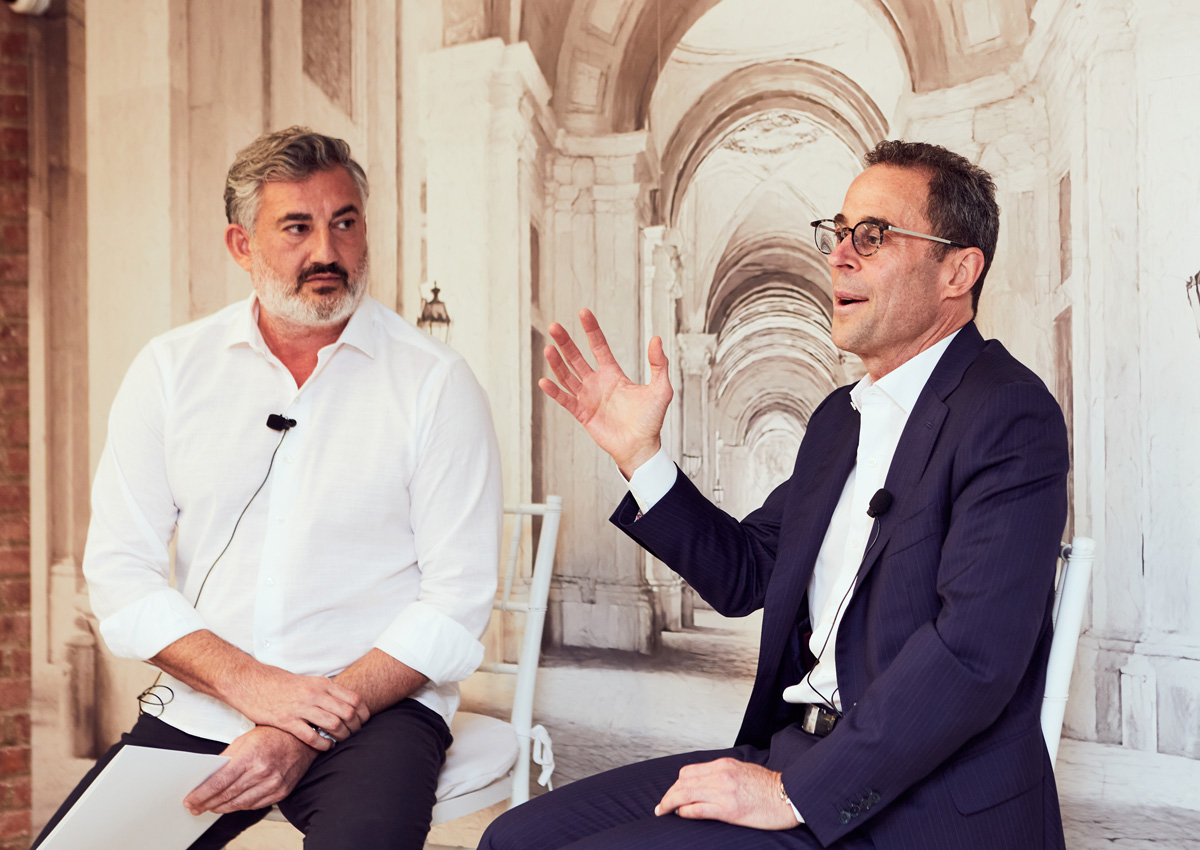The so-called flight to quality could not save at least one office project.
Mezzanine lender SME Capital Ventures can proceed to foreclose on 541 West 21st Street, a boutique office conversion in Chelsea, a federal bankruptcy judge has ruled.
The decision allows SME to sell the ownership interest in the project that longtime owner Erno Bodek pledged as collateral via his ERBO Properties.
“In this environment regarding office buildings, this is a challenging Chapter 11 case,” Bodek’s attorney said by email, adding that his client still has a chance to keep the property.
However, the cost of construction debt, which typically has a variable interest rate, has ballooned since the Federal Reserve began raising the cost of borrowing last year. Meanwhile, working from home has sapped demand for office space and made new projects more difficult to lease up.
Things looked different in 2019, when Bodek borrowed $60 million to convert the industrial building at 541 West 21st Street into 65,000 square feet of offices. The project ran out of gas before it could get a temporary certificate of occupancy. Last year, SME initiated a UCC foreclosure.
In February, Bodek placed the project into bankruptcy, which paused the foreclosure sale, but the most recent decision ends the freeze on selling ownership of the project.
A judge ruled that Bodek’s plan to exit bankruptcy, presented to the court in May, failed to indicate how he would “fund the cost of carrying the building and finishing the construction and paying for tenant improvements,” according to his lawyer.
The plan amounted to “rolling the dice,” said SME’s Eran Silverberg, who emphasized that Bodek was not prepared to resume paying debt service.
To protect its interest as the mezzanine lender, SME has been paying the senior loan on the project, held by G4 Capital, since Bodek’s company ran dry in 2022. Debt service on the project amounted to about $500,000 per month, according to Silverberg.
If SME obtains ownership through a credit bid — a likely outcome — the lender will file for the building’s temporary certificate of occupancy, try to lease the space through a brokerage and eventually look to sell an occupied building at “a better point in the cycle,” said Silverberg.
“There is no liquidity here,” he said of Bodek’s situation, “even though the project is on the 1-yard line.”
Read more



